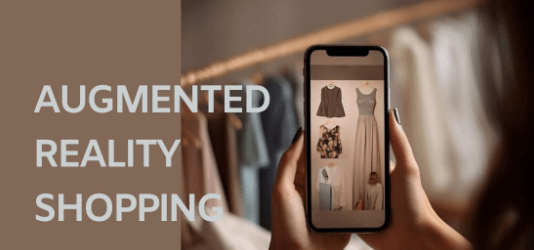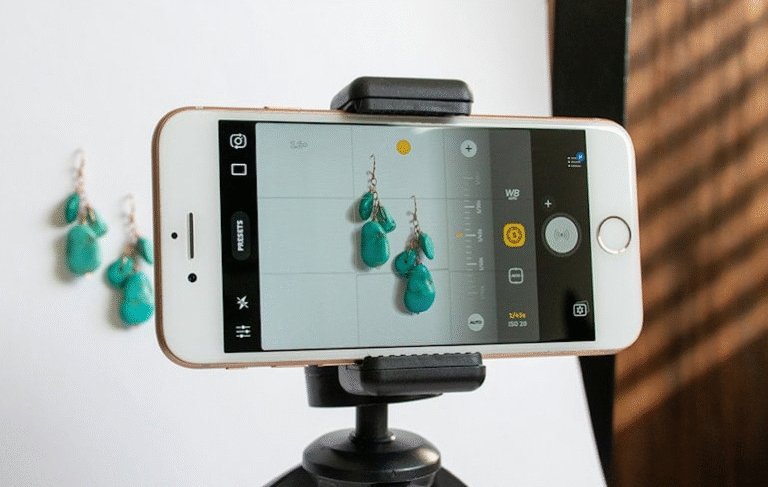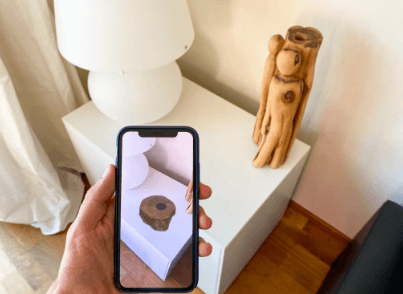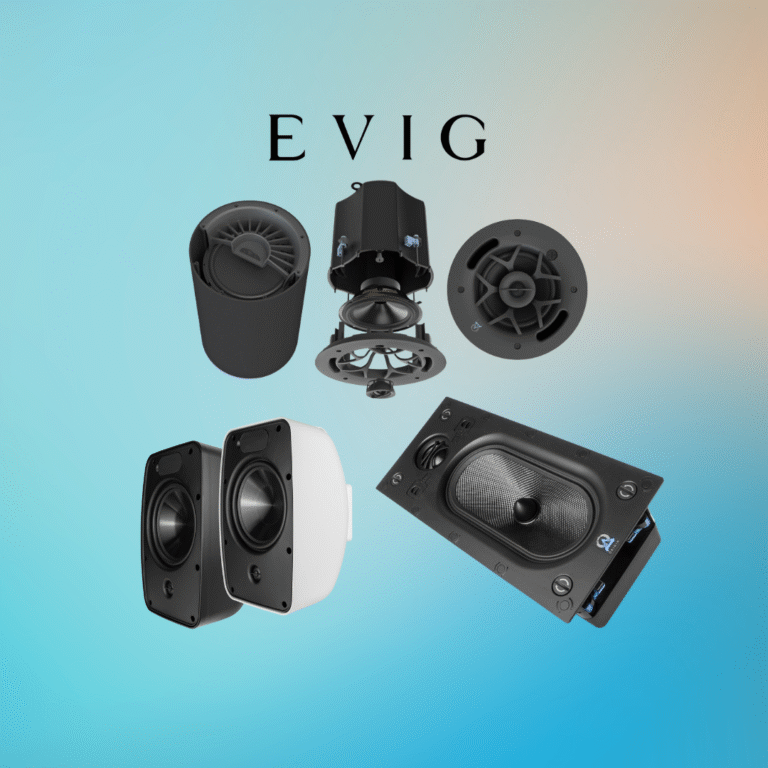How Augmented Reality Is Transforming Retail
Augmented reality (AR) is increasingly integrated into retail environments, transforming traditional shopping paradigms. Its capabilities for immersive visualization and interactive engagement offer significant opportunities for enhancing customer experiences. As AR technology advances, its impact on consumer behavior and operational efficiency warrants close examination. Understanding these developments can reveal how retail strategies are evolving in response to technological innovation, prompting further analysis of AR’s role in shaping future retail landscapes.
Enhancing Customer Engagement Through Immersive Experiences
How does augmented reality (AR) transform customer engagement in retail environments? AR marketing enables immersive branding that fosters deeper connections by integrating digital content into physical spaces.
This technology offers interactive, customizable experiences that enhance consumer autonomy, encouraging exploration and personal relevance. Consequently, AR creates an engaging, flexible retail environment that appeals to consumers seeking freedom and control.
Streamlining the Shopping Process With Virtual Try-Ons
Virtual try-ons leverage augmented reality to significantly optimize the retail shopping process by enabling consumers to visualize products in real-time without physical interaction.
Virtual fitting rooms facilitate product customization, allowing users to tailor items and assess fit virtually.
This technology streamlines decision-making, enhances autonomy, and accelerates purchase cycles, empowering consumers with precise, interactive experiences that reduce uncertainty.
Reducing Returns and Increasing Satisfaction With Realistic Visualizations
By providing highly realistic visualizations of products within augmented reality environments, retailers can significantly decrease returns caused by misaligned expectations.
Integrating personalized recommendations enhances fit accuracy, while improved inventory management ensures product availability.
This synergy fosters increased customer satisfaction and reduces costly returns, empowering consumers to make informed choices and enabling retailers to optimize operational efficiency.
Future Trends and Innovations in Retail AR Applications
What emerging trends and technological innovations are poised to shape the future of retail augmented reality applications?
Advancements in AI integration and data analytics will enable personalized experiences and real-time insights, fostering autonomous decision-making.
These innovations aim to enhance customer engagement, streamline operations, and empower retailers with data-driven strategies, ultimately expanding AR’s transformative potential in retail environments.
see also: How Augmented Reality Is Changing the Way We Shop
Conclusion
Augmented reality continues to subtly reshape retail dynamics, fostering deeper customer interactions and operational efficiencies. As technological integrations advance, AR’s role in personalized, immersive experiences is poised to refine consumer choices and streamline supply chains. While these innovations may gradually shift traditional retail paradigms, their ongoing evolution promises enhanced satisfaction and optimized processes. Ultimately, AR’s ongoing influence signals a nuanced transformation, balancing technological progress with the enduring goal of elevated retail excellence.






